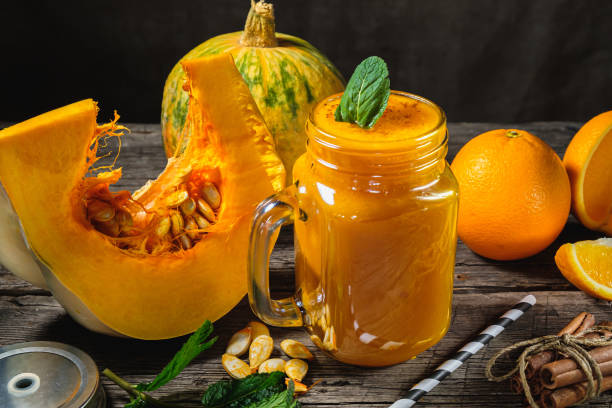It’s finally pumpkin time again! In bright colors, it really spices up the dreary autumn – and on the kitchen table. The vegetables can also be used in many ways and taste good as a soup, baked from the oven, or as a delicious side dish. But do you prefer organic or conventional goods?

The pumpkin cultivation
Before you can buy the pumpkin, it must of course be grown. It is considered to be one of the less susceptible field vegetables, and yet organic cultivation differs from conventional cultivation in some cultural details, such as the manual collection of pests and a mulch layer on the field. In addition, the organic farmer must meet other legal requirements such as certification. The Hokkaido pumpkins “Uchiki Kuri”, “Red Kuri”, the butternut pumpkins “Early Butternut”, “Butternut Waltham” and the nutmeg pumpkin “Muscat de Provence'” as well as the Halloween pumpkins “Jack O’Lantern'”, “Musquee de Provence” and “Jack Be Little”.
The knock test
Before you buy the pumpkin, you should do a tapping test: simply tap the pumpkin lightly with your knuckles. If it makes a hollow sound, it has reached the optimal stage of ripeness. The skin of the pumpkin should also look plump and flawless. It is also important for longer storage that the handle base is still intact.
Organic vs. conventional
The Hokkaido pumpkin in particular is often prepared and eaten with the skin on. It is, therefore, best to wash it thoroughly under warm water and rub off the skin properly. However, if you want to be absolutely sure that no pesticides are contained, you should buy organic pumpkins. The nutrients are the same in both the organic and conventional versions.
That’s why pumpkin is healthy!

It is thanks to the beta-carotene that some types of pumpkin glow so beautifully orange. This is converted to vitamin A in the body and is important for vision and beautiful skin and hair. Folic acid, magnesium, and iron are also contained in the pumpkin.


